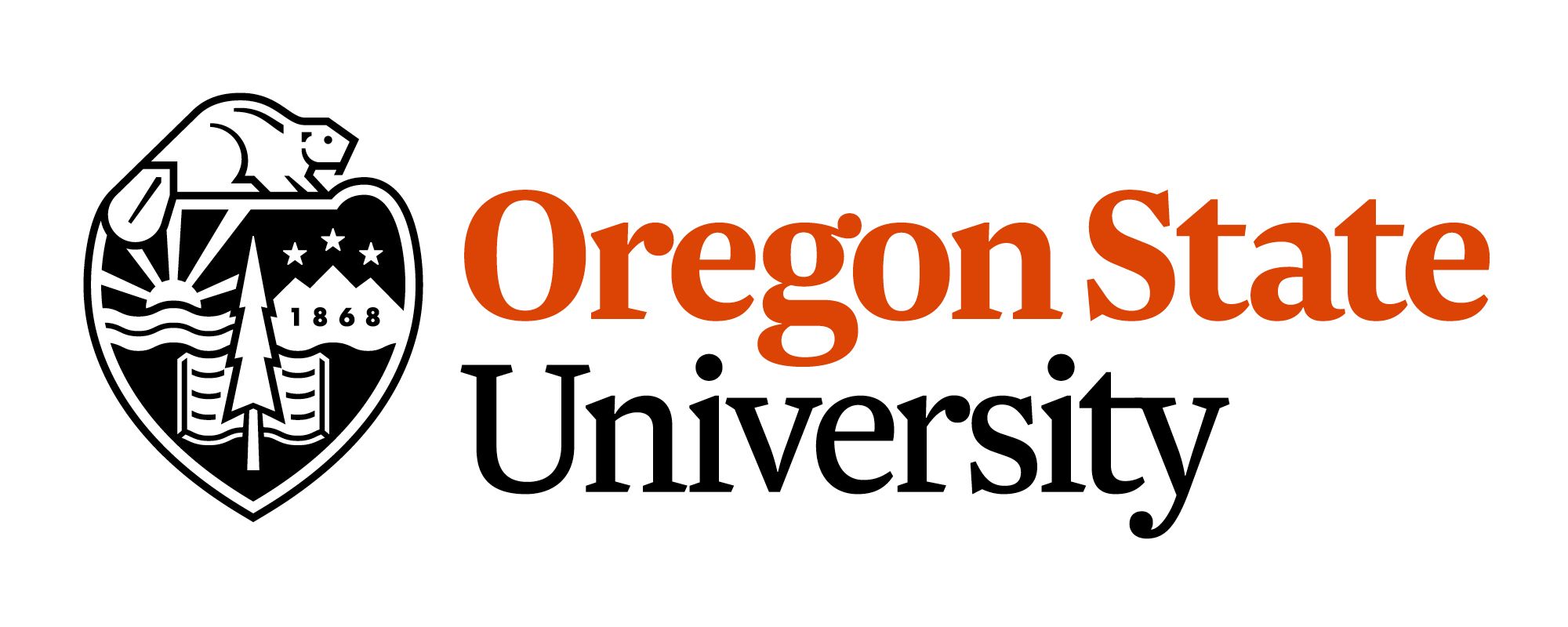Looking Forward and Backward at Soil Liquefaction in Cascadia
Because the last Cascadia interface rupture occurred in 1700 CE, the shaking expected in such an event is especially uncertain, as are the impacts to the built environment. Like other coseismic impacts, soil liquefaction poses a significant threat and must be considered by any scenario study used to inform planning and response, or to focus mitigation resources. Liquefaction is also notable for its potential to “ground truth” ground-motion estimates, given that its presence or absence in the geologic record can provide constraint on the intensities of shaking in past events. It is thus an important phenomenon looking both forward and backward. Accordingly, this study: (i) predicts liquefaction in M9 ruptures across Oregon, Washington, and British Columbia (BC) using surrogate models that utilize both geotechnical and geospatial data and models; and (ii) uses paleoliquefaction evidence at 10 sites spanning from Southern Oregon to Vancouver, BC to constrain ground motion intensities experienced in 1700 CE. The forward predictions indicate that liquefaction in M9 events could be pervasive in the region and affect numerous population hubs, with the potential for damage across hundreds of square kilometers. The backward analyses suggest that 1700 CE ground motion intensities may have been less than expected from M9 simulations in some northern portions of the CSZ (e.g., the Puget Sound), given the paucity of 1700 CE liquefaction evidence. Ultimately, further discovery and analysis of CSZ paleoliquefaction, or lack thereof, will confirm or modify this possibility and the conclusions drawn herein.
